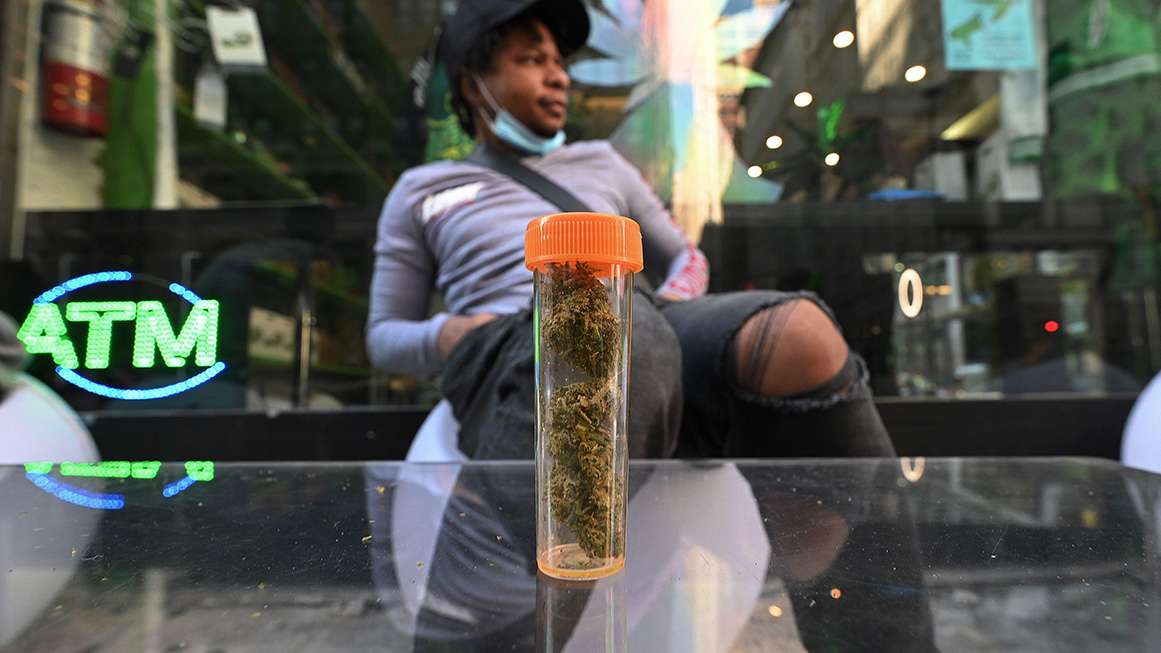By early May, over three years since New York legalized recreational marijuana, the state had only 119 licensed dispensaries serving the market. Unauthorized dispensaries outnumbered legal ones by 20 to 1, with over 2,000 operating in New York City alone. New York had less than one licensed dispensary per 100,000 residents, compared to states like Massachusetts, Maine, Colorado, Oregon, and New Mexico.
New York officials could have prevented this “disaster,” as Governor Kathy Hochul recently described it, by learning from the mistakes of other states in displacing the black market. However, they failed to anticipate the consequences of legalizing marijuana without ensuring access to legal sources.
The lack of home cultivation, initially prohibiting medical dispensaries from serving recreational users, and a complex, expensive licensing process that prioritized equity over efficiency contributed to the issues. High fees, taxes, and regulations made it hard for legal dispensaries to compete with unlicensed stores.
Even when medical dispensaries were allowed to enter the market in December, companies were charged $20 million to operate up to three outlets. New businesses faced fees up to $300,000, with priority given to disadvantaged retail applicants, leading to delays and lawsuits.
Despite the challenges, Hochul stands by New York’s “social equity” program but has initiated bureaucratic changes to expedite retail license approvals. She also supports reducing the state’s hefty marijuana taxes.
It is crucial for legislators to consider the competition with the tax-free black market. New York should reevaluate the stringent regulations that increase the cost and limit accessibility of legal marijuana.
While Hochul vows to crack down on illicit operators, such actions may harm entrepreneurs who stepped in due to the state’s flawed policies. Enforcement is unlikely to succeed, echoing the failures of the war on drugs that legislators purportedly ended three years ago.
This article was originally published under the title “New York’s Predictable Legal Pot ‘Disaster’.”





